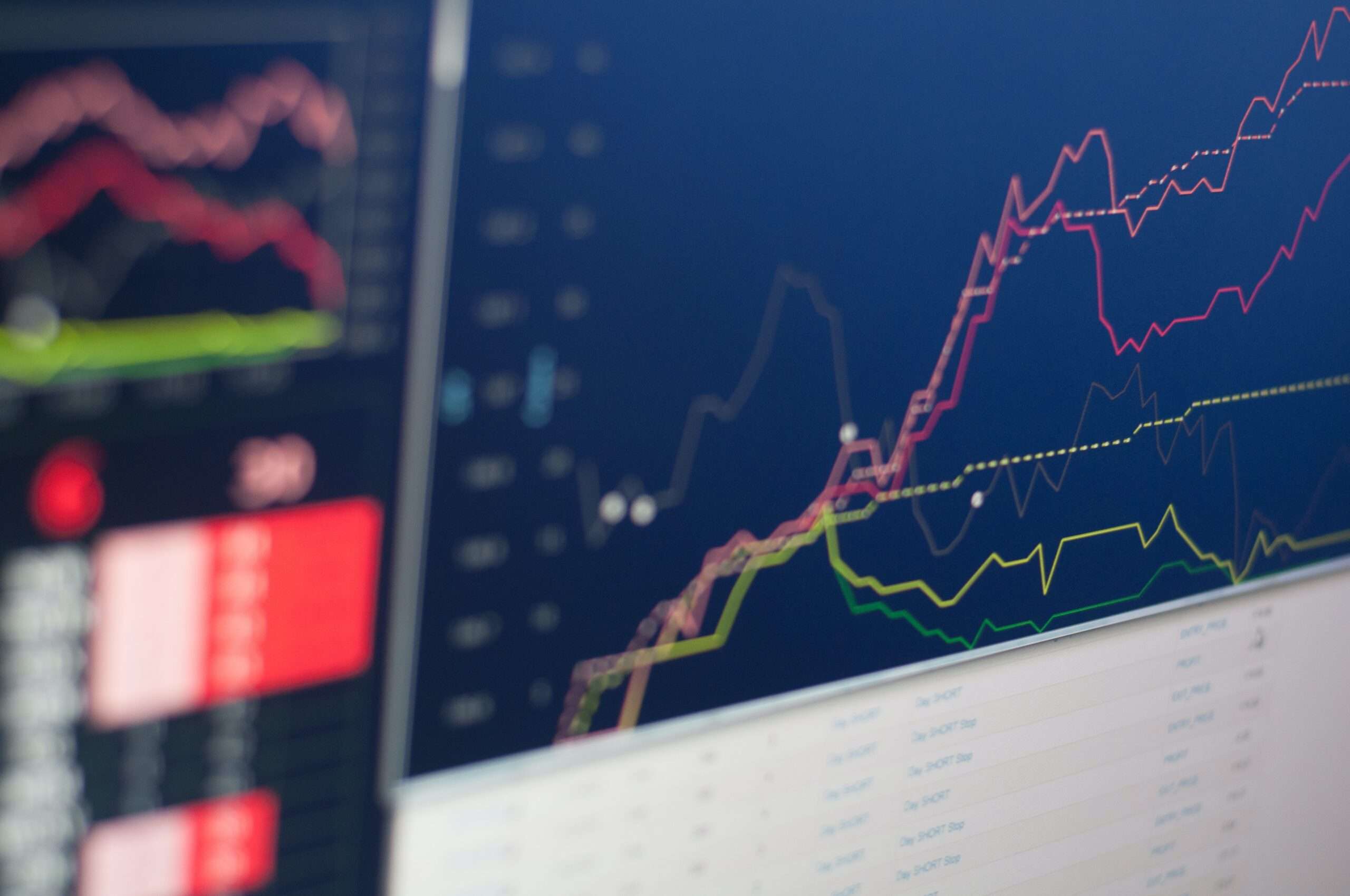Forex Futures: Anticipating Market Changes with Certainty

This foreign exchange market, known for its vast liquidity and round-the-clock trading environment, presents a unique opportunity for traders around the world. Whether you're a beginner looking to dip your toes into Forex trading, or a seasoned trader looking to refine your tactics, understanding the nuances of this ever-changing market is essential. With currency pairs continuously fluctuating due to economic indicators, geopolitical events, and trader sentiment, being armed with the right knowledge can empower you to anticipate market shifts with certainty.

In this article, we will discuss the fundamentals of Forex trading, such as how the market operates, effective trading strategies, and the critical role of psychology in your trading decisions. From leveraging the details of technical analysis to understanding the effects of economic news, we aim to provide you with a thorough guide that enhances your trading capabilities. By familiarizing yourself with these ideas, you will be better prepared to maneuver through the challenges of the Forex market and make informed decisions that lead to increased trading success.
Comprehending the Foreign Exchange Market
The Foreign Exchange market, abbreviated as foreign exchange, is the most extensive and most active financial market in the world. It operates 24 hours a day, five days a week, and enables the trading of foreign currencies. Forex trading entails purchasing one currency while exchanging another, with the goal of profiting from fluctuations in exchange rates. In contrast to other financial markets, Forex does not have a main exchange; instead, it operates over-the-counter (OTC) through a system of banks, brokers, and financial entities. This dispersal enhances accessibility, permitting traders to participate from any point in the world.
To understand how the Forex market works, it’s essential to comprehend the fundamental concept of currency pairs. Foreign currencies are traded in pairs, including EUR/USD or USD/JPY, where the primary currency is the base and the second is the quote. The price of a currency pair indicates how many of the quote currency is needed to buy one unit of the base currency. Market participants, including banks, corporations, and retail traders, take part in transactions for various motivations, such as hedging against currency risk, forecasting on price movements, or facilitating international trade.
The dynamics of the Forex market are shaped by a multitude of factors, including economic indicators, geopolitical events, and central bank policies. Traders analyze these factors to forecast market shifts and make well-considered trading decisions. Understanding the relationship between economic news and Forex movements is crucial for achievement in trading. Moreover, technical analysis tools, such as charts and indicators, play a pivotal role in helping traders spot trends and turnaround patterns, allowing them to navigate the complexities of the Forex environment effectively.
Key Trading Strategies
As you entering the Forex market, adopting efficient trading strategies is key for success. One popular strategy is day trading, which involves making numerous trades within a 24-hour day to benefit on quick market fluctuations. This approach requires a keen understanding of price movements and the ability to react swiftly to market shifts. Traders typically use chart patterns to determine entry and exit points, utilizing the fluctuations of currency pairs to maximize profits.
A different popular strategy is medium-term trading, which focuses on achieving gains within a mid-range trend. Look at this website using this method usually hold trades for a few days to weeks, allowing them to capitalize from price variations that happen over time. This strategy benefits from thorough market research and a well-defined trading plan. By recognizing key support levels, traders can make educated decisions about when to open and close trades, limiting emotional responses and enhancing overall returns.
For those seeking a more mechanized approach, automated trading has seen growth in recent times. This strategy uses automated systems to execute trades based on pre-set conditions. By analyzing vast amounts of market data and executing trades at rapid pace, automated trading can help minimize human mistakes and emotional bias. However, it needs careful design and ongoing monitoring to ensure the algorithms operate as intended, making it essential for traders to stay informed about market conditions and potential hazards.
Risk Management and Psychology
Efficient risk management is crucial for success in Forex trading. Investors should set clear risk limits before entering any trade, ensuring that they only allocate a minimal percentage of their trading capital on a individual position. This approach helps reduce losses and enables traders to stay in the market extended, even during phases of volatility. Employing tools such as stop-loss and profit-taking orders can further boost risk management strategies, giving traders greater control over their trades.
The mental aspect of trading plays a significant role in decision-making. Feelings like fear and avarice can cause impulsive actions, which often result in losses. Proficient Forex traders focus on keeping a disciplined approach, following to their trading plan and strategies irrespective of market fluctuations. Maintaining a trading journal can aid in detecting emotional triggers and boosting both mindset and performance, encouraging a higher rational and calm trading environment.
Moreover, comprehending the psychological aspects of trading enables traders to develop better strategies for stress and pressure. Building patience and resilience can distinguish successful traders from the average. As market conditions change, those who can remain calm and stick to their risk management strategies are better positioned to attain long-term success in the Forex market.
